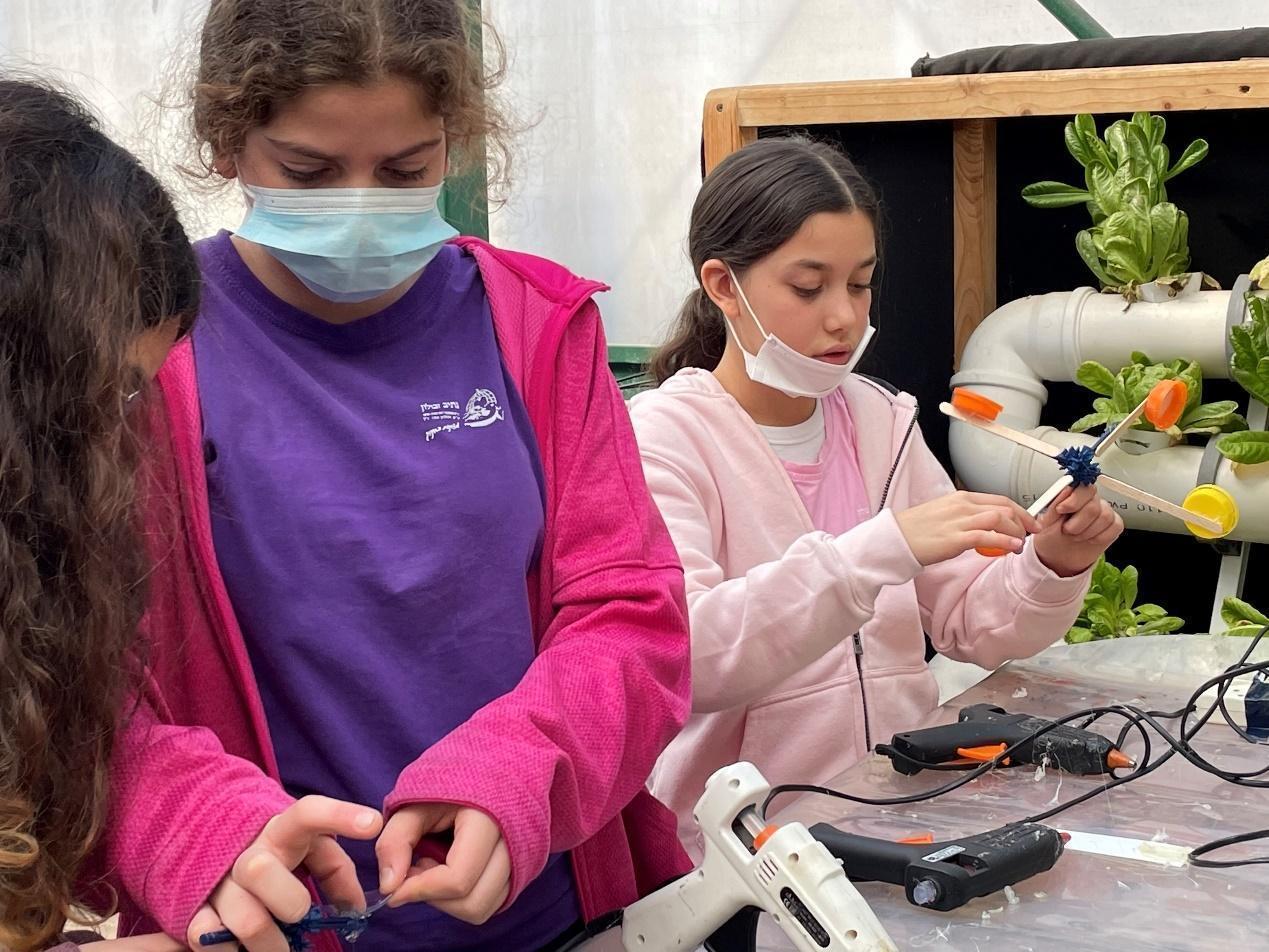Energy ResearchInform yourself to better make the case for renewable energy

Ready for action?
What
The possible connections with your curriculum
Who
The people who take up the teacher role
Where
The locations where learning takes place
With
The community stakeholders to collaborate with
Short abstract
Students will learn about the advantages and disadvantages of renewable and non-renewable energy sources, through experiential learning and by meeting professionals . Students will tour a power plant, meet with experts, and visit a Science Museum to learn about the many factors involved in producing energy from different sources. At the end of the Learning Scenario, students will draw on what they have learned to design and build a model of a renewable energy source and to draft a Position Paper for the community, expressing their stance on the use of renewable energy.
This unit comprises a knowledge harvest to ascertain students' prior knowledge of the concept of energy and the various types of energy that exist. They will participate in a brief activity to demonstrate energy conversion.
In this unit students will find out what the available sources of energy are on Earth. Energy can be extracted from both renewable and non-renewable sources. Each energy source has advantages and disadvantages. They will explore these through experiments and demonstrations.
Through demonstrations and independent learning, students will learn about different types of energy. They will see how energy can pass between bodies and be transformed into a different type of energy, but can neither be created nor destroyed. At home, they will build a Rube Goldberg machine to convert energy and record a video of it in action.
Students will experiment with models for generating electricity and learn how a power plant works. They will then analyse a household electricity bill and compare household consumption with industrial consumption.
Abstract: Students will learn about the complexities of energy production through conversation with an expert in the field of industry, electricity, or renewable energy.
During a field trip to a Science Museum, students will tour displays and participate in workshops which deal with electrical energy and the human body, with a focus on actions that require energy.
In this unit, students will engage in a research workshop to learn about wind energy and turbines. They will learn about the conversion of wind energy to mechanical and electrical energy, and investigate which factors affect turbine efficiency and yield through practical experiments.
In this Learning Unit, students will see the theory they have studied so far put into practice during a physical or virtual tour of a power plant.
Students will take part in a competition to build the water turbine that can produce the most electrical energy. Using a variety of simple materials, students will design and build propellers that connect to a motor, attached to an analogue ammeter. They will test the efficiency of their turbine (motor + propeller) by inserting it into a stream of water and measuring the intensity of the current, which corresponds to the amount of electrical energy produced.
Students will reflect on their experiences and knowledge gained about energy production and use them to draft a position paper on the importance of saving energy at all levels – from the individual to the state. It will be sent to selected community members. The paper will be produced in collaboration with a language teacher.
Students will plan and run activity stations for younger students at the school. The stations will reflect the content studied during the Learning Scenario, and will be offered to groups of students during recess or during relevant lessons.
Teacher feedback
Aha moments
- LU4 (Human Usage of Electrical energy): While teaching the students how electricity is generated, when I shook the magnet inside the copper coil and the light came on, the students really understood how electricity is generated!
- LU9 (Water energy): During the workshop when the students built wings for flowing water and they saw on the ammeter that there was actually a production of electricity... I did not think that a measuring instrument could be so significant!
Uh oh moments
- LU2 (Energy Sources): During the Activities Fair I realised that the instructions on the worksheet were not specific enough and a lot of the students did not understand what to do. I think I had to give more clear and detailed instructions and also give the students an example.
General tips
- The activities of water energy (LU9) and wind energy (LU7) included experience with unique equipment and were very meaningful for the students, but required the assistance of experts from the museum, which I am not sure I could have done myself. It may be an opportunity to get help from other community members such as parents and other school staff.